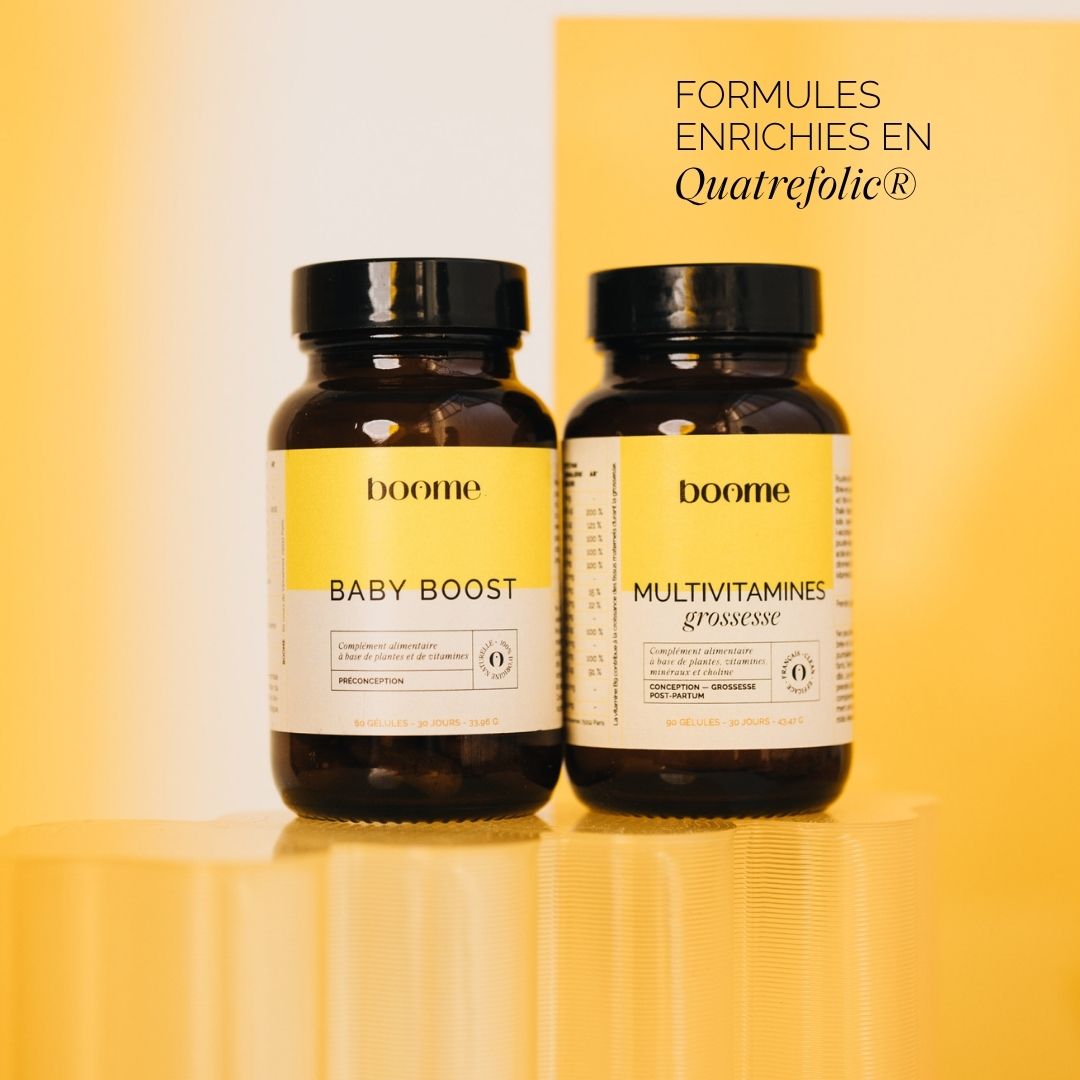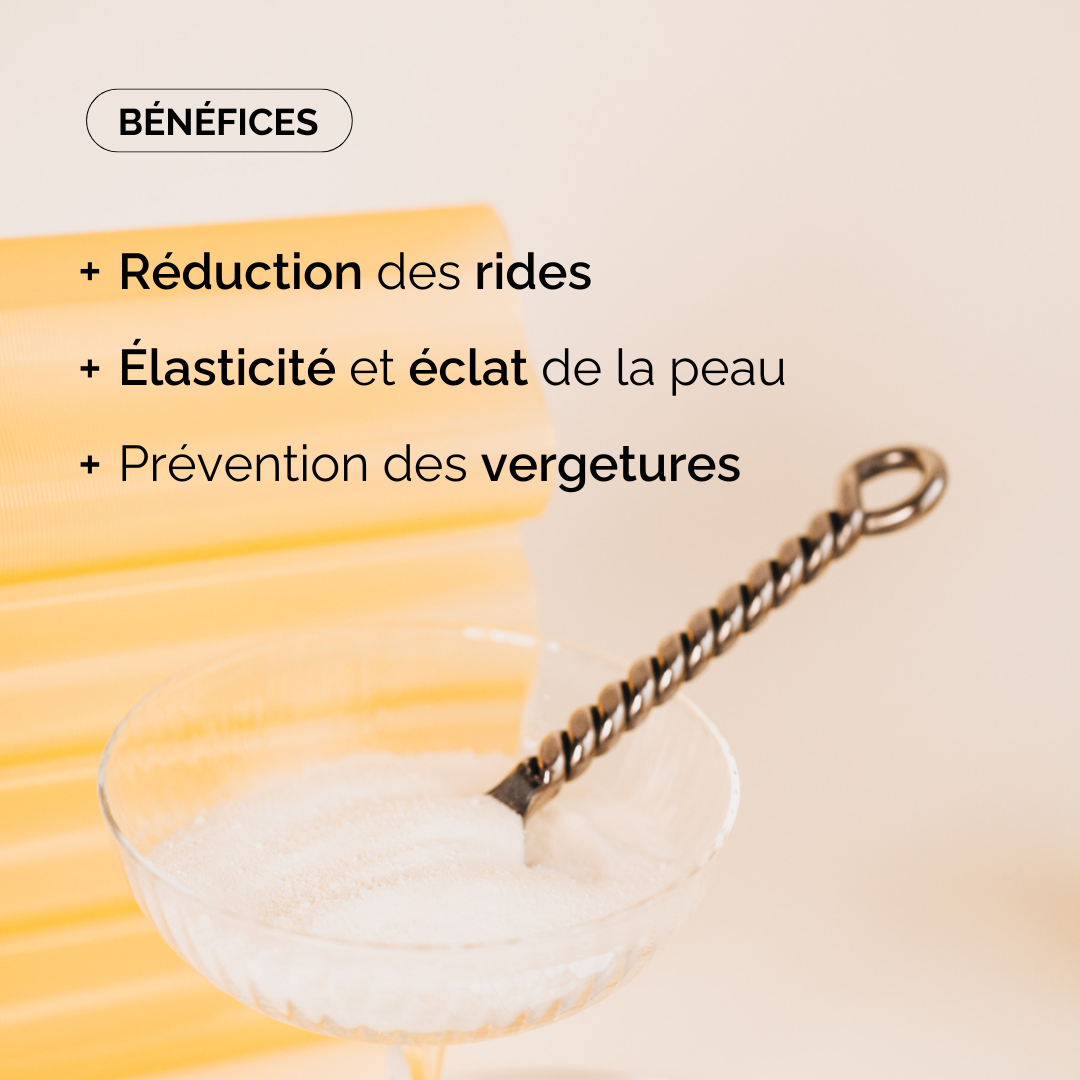
If you live in the Maldives and spend your life in a swimsuit under the blazing sun all day: 1/ we envy you, 2/ you probably don't need the following information. If not, you may be affected. During winter, our vitamin D intake often drops, along with the amount of sunlight. Fortunately, there are other ways to recharge your batteries. We'll tell you everything you need to know about this precious vitamin that our bodies need.
What is Vitamin D?
Also called calciferol, Vitamin D is a fat-soluble vitamin (that is to say it is soluble in fats) which has a vital role in our body. It exists in two forms:
> vitamin D2 (ergocalciferol), of plant origin.
> vitamin D3 (cholecalciferol), which can be of animal or plant origin. Now preferred over vitamin D2, it is better assimilated by the body and is synthesized using the sun's rays.
According to the Esteban 2014-2016 study , 6.5% of the general adult population in France have a vitamin D deficiency (< 10 ng/mL) and 28% have a moderate deficiency (< 20 ng/mL).
What are the two main roles of vitamin D?
-
Vitamin D stimulates the immune system
It is sometimes called THE immunity vitamin, because it plays a role in preventing winter infections. And because during pregnancy, it is preferable not to get sick, it is particularly recommended for pregnant women to supplement with vitamin D. This is even more true in winter when there is neither sun nor light.
-
Vitamin D allows better assimilation of calcium
Vitamin D has a major impact on the health of our bones: it participates in the ossification process throughout our lives. Basically, it is to it that we owe strong bones, because it allows us to assimilate calcium and fix it. To prevent osteoporosis, it is therefore our best friend. And for babies and children, it allows the mineralization of their bone tissue.
During pregnancy, its needs are accentuated because the blood concentration of total calcium gradually decreases. However, the main function of vitamin D is to increase the concentrations of calcium and phosphorus in the blood. More concretely, it intervenes in the bone mineralization of the baby's skeleton and joints by facilitating the fixation of calcium on the bones. We know that during pregnancy, the baby's bones require large quantities of calcium to form and develop. This is why increased vitamin D intake in mothers is necessary.
Where to find Vitamin D?
-
Exactly under the sun
It’s not nicknamed “the sun vitamin” for nothing! This is why the winter tunnel of sweaters and hats not only lowers our morale, but sometimes also our vitamin D levels. Its specificity is therefore to be linked to the rays ultraviolet rays from the sun (UVB); it is thanks to him that it is formed, directly through the skin. If we are usually rigorous during our tanning sessions, we can allow ourselves - for a good cause - exposure to the sun for a maximum of 30 minutes without sun protection. Preferably between 10 a.m. and 4 p.m., we can offer our face, arms and legs to the sun to stock up on vitamin D. With sufficient sunshine, two thirds of the recommended daily intake for adults could be synthesized from this way. For the missing third (are you following, the L bins?), we can find it on the plate and/or through a well-chosen supplement. The little tip? Pairing it with magnesium allows you to optimize its benefits.
-
Sources of vitamin D in the daily diet
Although fruits and vegetables are often ideal and valuable sources of vitamins and minerals, they do not, however, provide vitamin D (no one is good everywhere!). We must therefore obtain it from products of animal origin: fish (particularly those rich in omega 3 such as sardines, salmon, mackerel) and by extension cod liver oil, dairy products, but also egg yolk, butter… So, if you follow a vegetarian/vegan diet, supplementation may therefore be useful. Take blood tests regularly to check if you suffer from deficiencies.
What are the risks of vitamin D deficiency during pregnancy?
Achieving the recommended blood concentration through sunlight and/or diet alone is not impossible, but it is common to be deficient in vitamin D during pregnancy . ( Always remember to take stock of your state of health with the professionals who support you: to avoid a possible overdose, we advise you to check your level with a blood test) .
In pregnant women, a deficiency can complicate pregnancy: lack of vitamin D in pregnant women increases the risk of preeclampsia (high blood pressure associated with a loss of protein in the urine which can cause premature births), gestational diabetes, imbalance in the vaginal flora, and low birth weight babies.
Postpartum, it is just as important since it helps support mood. Finally, in breastfed babies, knowing that breast milk is their only source of vitamin D, it is important that their mother has optimal vitamin D status.
What are the official recommendations?
Knowing that the stock of vitamin D in the fetus and child depends on the reserves made by the mother during pregnancy and the breastfeeding period, it is strongly recommended to supplement from the start of pregnancy and even in the preconception phase. .
The National Academy of Medicine recommends that obstetricians and pediatricians ensure vitamin D intake throughout pregnancy and from the first days of life of the newborn in the maternity ward.
Reminder of the necessary intakes of Vitamin D:
> In adults, including pregnant women, without risk factors: between 600 and 1000 IU / day
> In children aged 0 to 2 years: between 400 and 800 IU/day
> In children aged 2 to 18 , without risk factors: between 400 and 800 IU/day.
What vitamin D is in BOOME pregnancy vitamins?
It was therefore obvious to include quality vitamin D3 (cholecalciferol) in our Pregnancy food supplement , to be taken during pregnancy but also postpartum. If vitamin D3 is very often of animal origin, ours is entirely plant-based and suitable for a vegan diet.
We sourced our vitamin D3 from reindeer lichen. Lichen is a particular organism, it is the combination of a fungus and an algae, which grows in regions usually neglected by plants. It is a plant form devoid of any contaminants, which likes extreme conditions to grow.
And as we are convinced that beautiful colors also affect your mood, we have no doubt that our pretty bottles will also help to bring a little sunshine into your days!











